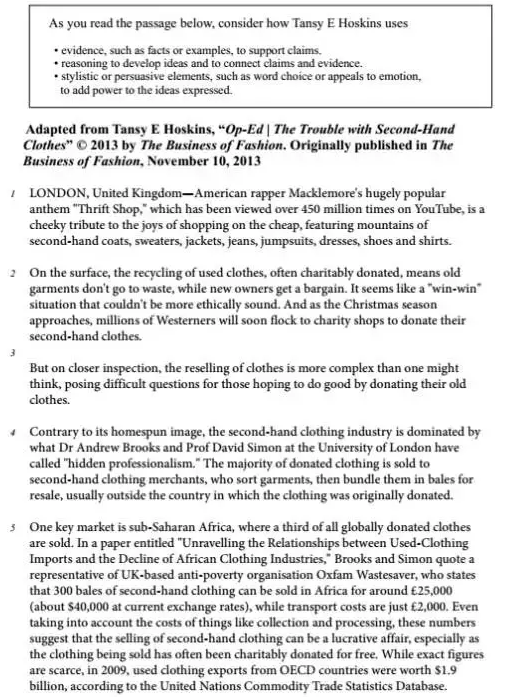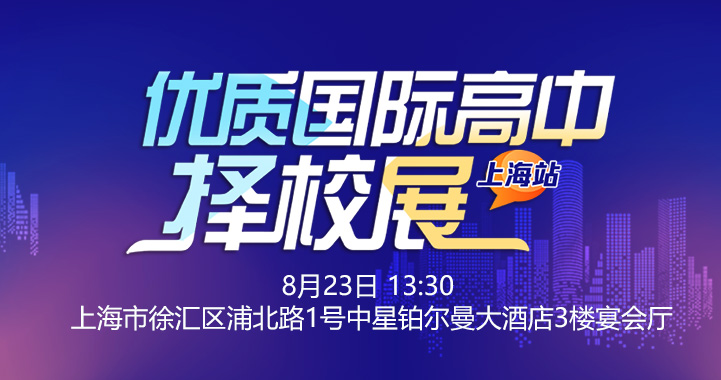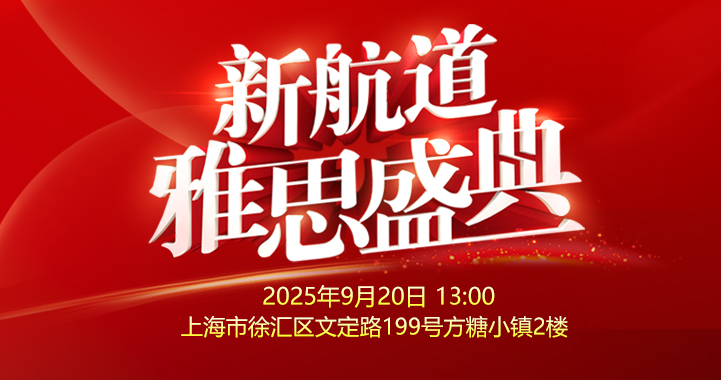2017年12月份SAT考情速递,你确定要错过吗?
2017年最后一场SAT考试落下帷幕,由于部分高三的学霸们已经在今年的10月份完成刷分任务,12月份的考生人数明显下降,香港“万人坑”作为全球的考试场馆,此次只开放了四个馆,预计人数在5500人左右;可以预见此次考试考生的peer pressure值较小,考试成绩会有一些惊喜。
这次考试还有哪些重要考情?一起来看回顾。
阅读
篇Maya’s notebook Isabel Allende
梗概:爷爷奶奶遇见的故事:在加拿大多伦多遇见。爷爷是加州伯克利研究天文学的教授。她在智利研究天文学,后来回到加州,去加拿大学校做研究的时候,遇到了奶奶。爷爷感情不够外露。奶奶刚好相反。
阅读第二篇 the stones of Venice
这篇文章是批判工业化把人变得像机器一样,开始的时候描述人根本不可能像机器一样,搞了个比喻,要创造人性。批判太过工业化,大量制造的东西也不是特别好,也没有创造性东西在产品里面。
后面提了三个点:从那些角度去做产品1.如果没有必要就不要做这个东西2,如果还没比较完善就不要结束3.如果不是为了保存就不要去复制,最后举例玻璃柱的故事,生产玻璃柱根本没有用,男人去生产就像机器一样,女人去买就是承认奴役制,雇佣工人去做生产玻璃这件没有意义的事。但是提到水杯等漂亮的物品除外,因为这些是有工艺欣赏价值的。最后表达的是不要生产没有价值,没有意义的东西还把人搞的像机器一样。
第三篇 moths remember what they learn as caterpillars
蛾子小时候,受到刺激。文中提到一些实验,受到电击对于气味不会反感,也不会逃避。前面由于受到电击,会躲避气味。毛毛虫的时候会记住气味,长大后对于气味也有反应。
第四篇 社会科学类
此次社科类考察的文章内容你那个比较中规中矩。
主要讲述颜色对于思维的影响。一开篇作者先举了生活中的一个例子:买衣服的时候,如果衣服色彩鲜艳,人们会注意到small details而忽略它的重要属性,如材质,舒适度什么的,但如果衣服颜色是黑白的,人们会更加注重材质,商家有意识的抓到了这一特点。
第五篇 科学类
主要讲述植物是否具有nureo system 。
段作者认为植物和动物一样,有认知,有神经系统,可以主动积极地进行“觅食"(forge food)。第二段作者与上述的观点完全不同,认为植物并不像动物那样有认知系统和神经系统。
科学双篇按照文章题材看是不难的,但是出现在最后一篇,在基本没有时间的状态下去读完,比较有困难。
文法
总体来说不算太难。
语法考点比较常规,标点考察,逻辑副词/连词区分,逻辑主语,平行结构等常规考点都有考到。
修辞题考到了一道tone题,一道词汇题,开头,过渡,结尾都有考察, 强调前后文联系。
文法篇
讲解sns帮助公司找雇员,说这个很成功,很多公司通过网络找到了合适的雇员。
后来有个人提出如何使得公司能找到更好的人,一是可以增加公司的介绍内容,比如公司的成果、介绍的文章什么的;第二就是和潜在雇员建立关系。然后就讲说有公司用她的这个方法就找到了非常合适的人选。
文法第二篇
讲一个校长如何加强民众对于African American history的意识,说要在学校举办 African American history week, 然后一开始好多人反对,也没人支持,后来有个组织支持慢慢搞成了这个week,最后大概就是说通过了这个活动提高了民众对于African American history 的意识吧。
文法第三篇
讲探测器检测一种射线,说这个射线在很多地方都探测到,这边考察了表格,考了两道题,考察的是日本的数据。
文法第四篇
说一个画家画得特别, 非常真实,像是照片一样,通过一个设备叫做camera obscura画出来,一个科学家为了验证这个人画的画是否用了这个仪器,虽然有些人不同意,但最后其实是证实了这个画家用了这个仪器。
数学
Section 3
没有计算器的这部分试题难度不高,基本15分钟左右就能做完,没有偏题和难题,跟10月份相比难度持平,没有出现新的知识点,代数和函数部分主要考察方程组求解,以及指数函数等基本内容;在几何部分主要考察直线方程和立体几何;在概率和统计部分基本就是OG样题的翻版,整体来讲,难度的确不高,容错率应该比较低。
Section 4
在可用计算器部分,文字解析题难度要高一些,CB在第四部分有些偏心,12月亚太的题明显要偏难一些,估计很多考生由于前面几部分体力消耗比较大,后面的问题没法静下心去读题干。概率和统计部分主要考察了对概率的理解,特别是通过问题中语言描述快速确分子分母;基本统计量中位数,众数,方差;统计图表分析给定数据,预测数据以及线性回归方程对应含义。
写作
Adapted from Tansy E Hoskins, “Op-Ed | The Trouble with Second-Hand Clothes” © 2013 by The Business of Fashion. Originally published in The Business of Fashion, November 10, 2013
以下是写作原文回顾:


写作范文
In the essay titled “The Trouble with Second-hand Clothes”, Tansy Hoskins unveils the harms lurking in the clothing industry when it comes to donating used clothes. To make her point more convincing, the author has employed a number of tactics such as a clear reasoning, sufficient exemplification and a colloquial language style.
To start with, the logic of this essay is manifest enough. By depicting how people normally view the industry of donating second-hand clothes, the essay easily wins the readers’ support at the beginning. Yet, after the first glance at the industry is cast, the author goes on to explore the topic at a considerable depth. The seemingly win-win situation is, as a matter of fact, a much more complicated issue than what people have taken for granted. And closely follows that claim, Tansy points out that the donation of used clothes does much more harm than good. It has become an easy means to make profits for those insiders who have exploited “hidden professionalism” as it is extremely lucrative when the clothing is exported and sold in less developed regions like sub-Saharan Africa. The cheaply imported apparel also threatens the development of local textile industries. It even does harm to the home markets where such clothes are donated as it encourages people to continue shopping new clothes, which is highly unsustainable.
In other words, as Tansy sees it, nobody but the professional merchants involved in second-hand clothing industry is the true winner.
It is by no means easy to set people’s misconception right, and the author provides a good number of examples. Concrete numbers from reliable sources is provided when it comes to the volume of the second-hand clothing trade in Africa. 300 bales of used clothing can be sold for about 25,000 pounds and the shipping cost is around 2,000 pounds, which suggests that the profit margin is considerable as such clothes are donated by kind-hearted people in hopes of helping the needy. And as the UN database shows, “used clothing exports from OECD countries were worth $1.9 billion” in 2009. Such strong evidences are powerful enough to convince readers of her points. Quotations from other experts such as Cambridge economist Ha-Joon Chang, Dilys Williams, director of the Centre for Sustainable Fashion at the London College of Fashion have also been cited to help reset people’s notion of the industry.
Another persuasive element involved is the writer’s colloquialism, making the essay easy to follow and adding readability. The author approaches the topic with a reference to a hugely popular song called “Thrift Shop” which has been viewed by millions of people, which is a “cheeky tribute to the joys of shopping on the cheap. Word-picture such as “mountains of second-hand coats, sweaters, jackets, jeans, jumpsuits, dresses, shoes and shirts” are serving as a hint foreshadowing the later argument of money-making industry. The second paragraph continues with the easy-flow style of the language, narrating the seemingly innocent industry as a “win-win” situation as recycling second-hand clothes means “old garments don’t go to waste, while new owners get a bargain”. Yet, later, readers will realize that people’s good intentions have been made to the interest of second-hand clothing merchants as well as clothing factories, and people continue buying fashion as normal without realizing what problems their act has caused. Also, the last sentence of the essay, which is a rhetorical question in form, helps reiterate what has been proposed, inviting people to think twice before buying more clothes. By asking “But why stop and think when the charity shop or recycling bank is there to take care of the mess?”, the author suggests that people should clean their messy closets and buy less than they are doing.
To sum up, Tansy has researched deeply into this issue and made her point with the help of a clear reasoning, sufficient exemplification and a vividly colloquialism.









